Cargando...
Recursos educativos
-
Nivel educativo
-
Competencias
-
Tipología
-
Idioma
-
Tipo de medio
-
Tipo de actividad
-
Destinatarios
-
Tipo de audiencia
-
Creador
-
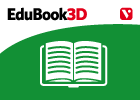
The arm and leg bones
EduBook Organización
- 2493 visitas
Arms Our arms are joined to our body by the two bones that form our shoulder: the clavicle and the scapula. The upper arm only has one bone, called the humerus. The forearm has two parallel bones,…
-
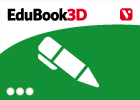
Observe. Development of an embryo
EduBook Organización
- 2480 visitas
The photos show the development of a chicken embryo. The embryo develops until it becomes a chick. It then hatches from the egg. At 5 days, there are thin red blood vessels that extend from the embryo,…
-
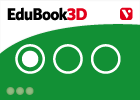
Autoavaluació T15 02 - L'art del segle XX
EduBook Organización
- 2450 visitas
Tria'n la resposta correcta: Què és la Bauhaus? Com es deia l'escola a la qual pertanyien els artistes alternatius als moviments d'avantguarda? En quina dècada va sorgir la tendència…
-
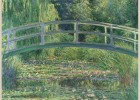
Painting: The Water-Lily Pond, 1899
Tiching explorer Organización
- 4181 visitas
This masterpiece by Claude Monet was displayed in an exhibition called "Paradise". Students can give their definition of it and then read the notes. We can describe the scene paying attention…
-
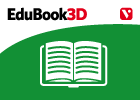
The bones of the head and the torso
EduBook Organización
- 1 lo usan
- 2238 visitas
Bones of the head The bones of the head form the skull. It has two parts: the cranium and the facial bones. The cranium The cranium is a closed cavity that protects one of the most delicate organs in…
-
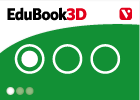
Choose. The absolute monarchy
EduBook Organización
- 2372 visitas
Match the definition with the correct concept of absolute monarchy: Status of the monarch as maximum authority over all inhabitants of the kingdom. Doctrine that justifies the authority and legitimacy…
-
Echinoderms
EduBook Organización
- 2363 visitas
3.1. Echinoderms Echinoderms are animals that live at the bottom of the sea. They do not have a head. They have an external skeleton consisting of plates with spines. The majority of echinoderms have a…
-
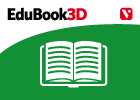
Sponges, cnidarians and echinoderms
EduBook Organización
- 2373 visitas
Sponges Sponges are the simplest type of animal that exists. They live in water and are attached to rocks on the seabed. Sponges are often irregular in shape. Their bodies have lots of small holes that…
-
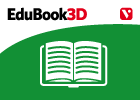
-
Unit 9: Motion and forces
EduBook Organización
- 2333 visitas
Accelerate (v): to go faster; to increase in velocity. apparent weight (n): the total sum of forces acting on a body. area (n): a quantity which expresses the extent of a twodimensional surface.…
Te estamos redirigiendo a la ficha del libro...













